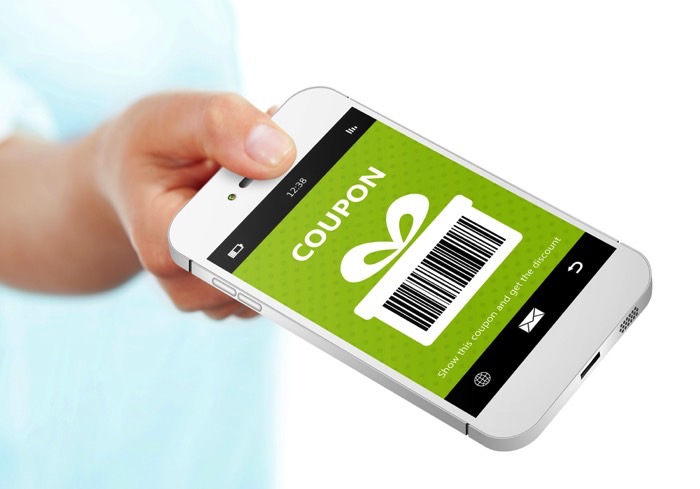
While the hit show “Mad Men” wasn’t entertaining viewers with the seedier details of its characters’ lives, it threw some basic lessons on marketing into the mix. Appeal to emotion, pitch the product, make the sale. Before the proliferation of marketing channels vying for customers’ attention, maybe it was this linear, but the fact of the matter now is that retailers no longer have a direct pipeline to consumers’ hearts and minds.
Fortunately, digital’s disruptions to the path to purchase are creating opportunities to make up some ground.
In a recent report, Nielsen found that mobile advertisements are having a peculiarly strong effect on customers who view them. At the time of purchase, customers reported recalling “online resources” 7 percent of the time, more than personal recommendations they received or other forms of advertising from retailers. Consumers also proved more fond of searching for discounts on mobile sites than through emails or apps — 40 percent of all coupons used came from retailers’ websites (30 percent) and email/mobile apps (11 percent).
Customers’ affinity for mobile as a price research tool should be seen as a boon for retailers in search of sales boosts. The Nielsen survey found that 59 percent of all “pre-store digital activity” was comprised of searches for sales and discount information. The next highest category — inquiries into online and email offers — sat at just 28 percent, indicating a dominant pre-purchase consumer preference. If the Nielsen report proves anything, it’s that mobile hasn’t just gained a foothold with consumers, it’s already outperforming other tried-and-true strategies.
With so many consumers searching for sales during the path to purchase and so many mobile ads leaving lasting impacts on viewers, retailers need to tap into these trends. By beefing up a mobile experience to emphasize notification or sales and discounts, merchants stand to capitalize on an emerging trend among modern consumers.
But wait — it could get even better. With digital disrupting the traditional path to purchase to such a degree, Tom Furphy, chairman of Seattle-based IdeoClick, Inc., told Brick Meets Click that the data-centric nature of the digital path to purchase could lead to compounding success for tech-savvy retailers.
“With the digital path to purchase, success is measurable down to the most granular level,” Furphy said. “[The digital path to purchase] is an ‘always-on’ connection between brands, retailers and shoppers that’s enabled by a range of digital touch points. As consumers search for products, click on ads, shop eCommerce sites and open emails, their actions are tracked, measured, targeted and measured again. As actions lead to conversion, through a sale or a posting to a shopping list, for instance, marketing systems get smarter at matching consumer demand signals to products for sale.”
Fortunately, the kind of granular look at data that the digital path to purchase provides can also help deal with the individualities that most consumer segments bring to the table. A 2013 study from Compete Pulse broke consumers down into six possible segments, with differing preferences on how to begin their research for products and how they prefer to buy them once they’ve made their decisions. The only way to market to such a diverse group of consumers — if six distinct customer profiles are really all there is — will be with an equally detailed approach to data.
There’s no doubt that customers have more options today for where to research their purchasing decisions than ever before. However, digital clearly has a pull on shoppers where none exists in email and regular Web activities. Retailers who tap into these trends could see significant upward mobile-ity, while others are just a click away from being passed by.